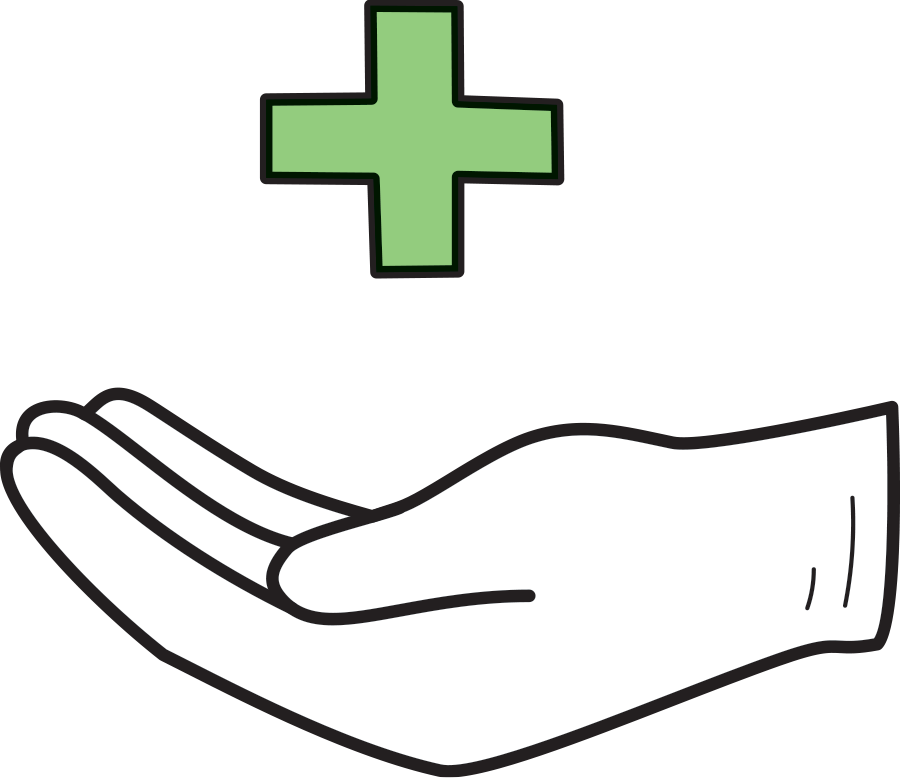 n the pet care industry, having safety measures in place is crucial for the success of the business and the wellbeing of the pets being cared for, and that includes the equipment and tools that are used on a regular basis. Through routine maintenance, effective cleaning and sanitation, quality assurance and proper storage, groomers can ensure the safety of the pets in their care while prolonging the lifespan of their equipment and tools. Here we will cover some best practices to implement.
n the pet care industry, having safety measures in place is crucial for the success of the business and the wellbeing of the pets being cared for, and that includes the equipment and tools that are used on a regular basis. Through routine maintenance, effective cleaning and sanitation, quality assurance and proper storage, groomers can ensure the safety of the pets in their care while prolonging the lifespan of their equipment and tools. Here we will cover some best practices to implement.
Regardless, groomers should regularly inspect their tools and upgrade when the time is right based on manufacturer recommendations. Before every use, check batteries, cords and plugs for any nicks or signs of damage. For clipping specifically, periodically inspect the blade drive, hinge and lock to ensure no parts are rusted, worn or damaged. Although clippers are sealed, moisture and hair can sometimes work their way into the device. To prevent clogging, regularly lubricate, inspect and clean clippers to prevent any problems before they begin. If grooming tools have disposable components like clipper blades or grooming pads, be sure to replace them regularly.

Before each session, groomers should pre-soak tools in a rust-preventive, pet-safe disinfectant and diluted water solution. From there they can use a small brush, like a toothbrush, to scrub down tools, paying special attention to crevices and hard-to-reach areas to dislodge any remaining debris and ensure thorough cleaning. After soaking and scrubbing, rinsing the tools thoroughly with clean water will help to remove any residue. Allow the tools to air-dry completely before storing them, as drying prevents the growth of mold and bacteria.
For quick disinfection between sessions, use pet-safe disinfectant wipes to clean tool surfaces. This is particularly useful for scissors and shears, which may not be suitable for submersion. Aside from soaking, autoclaving and heat sterilizers can also be effective for certain tools.
While high-quality tools may come with a steeper upfront cost, the benefits can outweigh the initial investment. Those made with superior materials and craftsmanship will lead to greater durability, therefore providing better precision and a smoother operation. Established brands also typically offer warranties and reliable customer support, which can prove invaluable in case of defects or issues with the tools down the line.
Ergonomically designed tools and equipment can help reduce strain and fatigue on the groomer’s body. For instance, restraints like grooming loops, harnesses or non-slip surfaces can be attached to tables to provide extra support during long sessions while still safely securing pets. Each aid is adjustable to fit the size of the pet and should be snug, but not tight.
For electrical grooming tools such as clippers and dryers, consider using cord organizers or Velcro straps to properly secure and organize the cords to prevent tangles. For sharp instruments like scissors, shears and clippers, blade guards and covers will protect the sharp edges of blades, preventing accidental cuts and preserving their sharpness. Lastly, store tools in a cool, dry place. Avoid areas with high humidity, as moisture can lead to rusting, especially for metal tools.
Ultimately, one of the most important parts of a groomer’s job is ensuring the health and wellbeing of the pets in their care. Whether you’re new to the industry or a veteran pro, it’s vital that businesses prioritize safety on a regular basis. Through routine maintenance, effective cleaning and sanitation, quality assurance and utilizing proper storage, groomers can effectively maximize the functionality of the equipment and tools they use—all while creating a positive and safe atmosphere for both themselves and their pet clientele.

